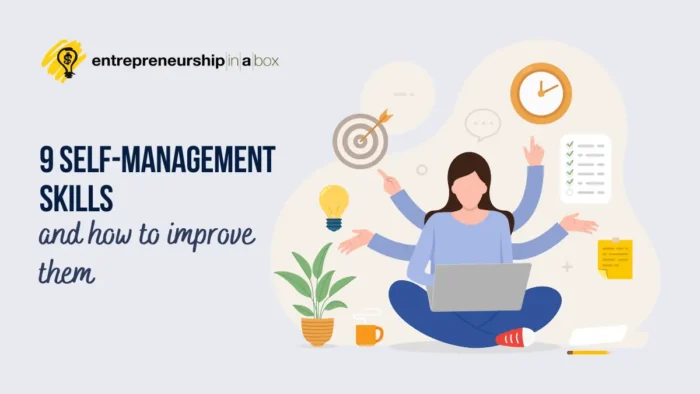With around 130 million full-time employees in America, learning how to improve employee performance is an essential skill.
If you don’t know how to manage and develop employees, your business growth will come to a standstill and may start to go backward. Improving employee performance will make people feel good about themselves, and will help your company.
Continue reading this article for the best tips for building a more engaged and productive workforce.
1. Understand Your Employees
As you learn more about workforce optimization and helping your employees do better, you’ll see that the first step is understanding your employees. No two employees are alike and learning what makes each person tick will help you get to the bottom of what you need to do.
Speak with your employees and see why they think they don’t measure up to your company’s standards. You might find some people believe they aren’t capable, others might not be sure what you want out of them, and other people will have other reasons.
Getting to the bottom of why people have performance issues will allow you to see what solutions you need to implement.
2. Listen to Employee Criticism
As you’re working toward understanding your employees, you need to be open to listening to employee criticism. If you let people know that you’re willing to listen to things they don’t think are going well, you’ll be able to learn and improve your business.
3. Set Clear Goals
When your employees aren’t clear on what you want them to do, they will do their best, but it is rarely going to be what you want from them. Setting clear goals that are easy to measure and understand when they have and have not been met will make keep your employees accountable.
If you set clear goals for your employees and their respective teams and things still aren’t getting done, it might be time to have a tough talk. On the other hand, if you notice that only a few people are able to hit their goals, you might need to look at your goals again and see if you are setting them too high.
Learning how to set proper goals is an important part of creating a system that is going to get you the results you want without hurting your employees’ morale and your relationship with them.
4. Celebrate and Reward Progress
When you see employees that are taking your performance improvements and running with them, you need to celebrate and reward their progress.
Rewarding employees can be a tricky part of being in charge. You might not know how to show you appreciate what they are doing without seeming cheesy or inauthentic.
While gifts may be effective in some cases, it is usually better to give employees bonuses, praises, and public recognition for their efforts.
Having specific parameters in place about why people get recognized will help people know what they are working toward and how far away they are from it. If you are working toward large goals, make sure to break them down into small chunks, so you can recognize people that are helping you work toward that goals.
5. Address Lack of Improvement
When you notice your employees are not improving, you can’t just let it ride. When your employees aren’t improving, you should have procedures in place to correct them and try to help them get back on the right path.
Having a talk with employees over lunch, or inviting them to meet in the conference room might be a good way to gently let them know that their performance needs improvement.
Before addressing sensitive issues like this, make sure you work on your communication skills. You don’t want to come off wrong and hurt your relationship with the employee or damage the company’s reputation due to a lack of communication skills on your part.
6. Offer Education Opportunities
Giving employees time off to further their education at conferences, or to attend webinars can help increase employees’ abilities. You can create and schedule interactive pop-ups to appear at specific points during your video presentation using automated webinars software. Since technology is ever-changing, it is more important now than ever to ensure that you’re encouraging continued education.
When you offer education opportunities, make sure that you know their goals. If they want to get into leadership, you might send them to a different conference than someone that enjoys their position but wants to increase their proficiency at their job.
7. Know When It’s Time to Let Someone Go
If you’re the type of boss that likes to give people multiple chances, it might be hard to figure out when it is time to let someone go. Wanting to see the best in people is a good quality in a leader, but if you allow people to abuse your good nature, you’re going to hurt your business.
If you realize that people are not listening to your feedback or your multiple warnings about their performance, it might be time to let them go.
Boosting Employee Performance
Now that you know more about how to optimize employee performance, you can continue developing your workforce. Investing time and resources in helping your employees get better is a wise move, and now you know how to do it.
Do you feel like you need more help running your business and with other important issues? Our site is full of articles to help you as you’re growing your business.
Browse our site, find your favorite business articles, drop a bookmark, and come back soon for more great reads.





